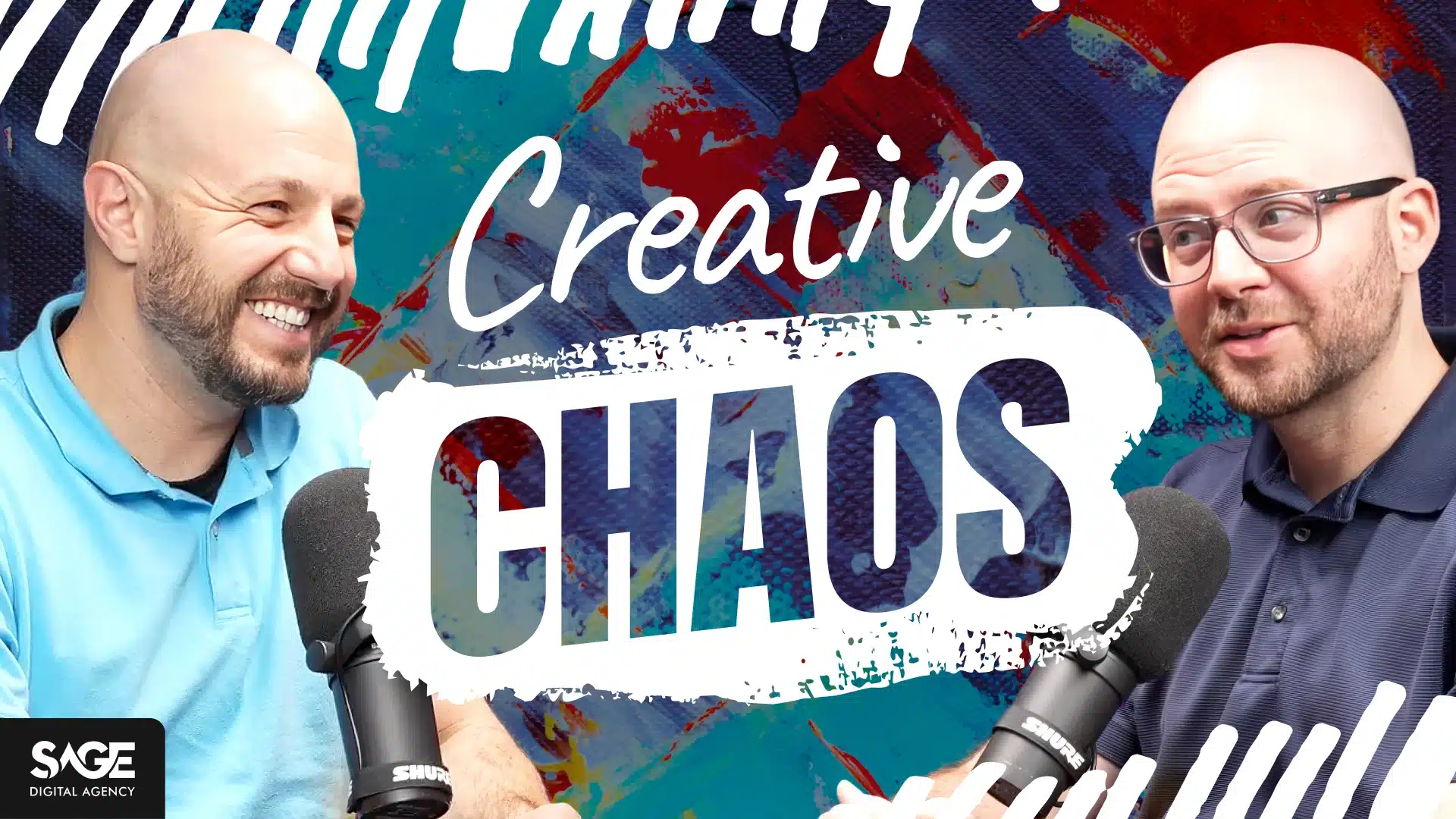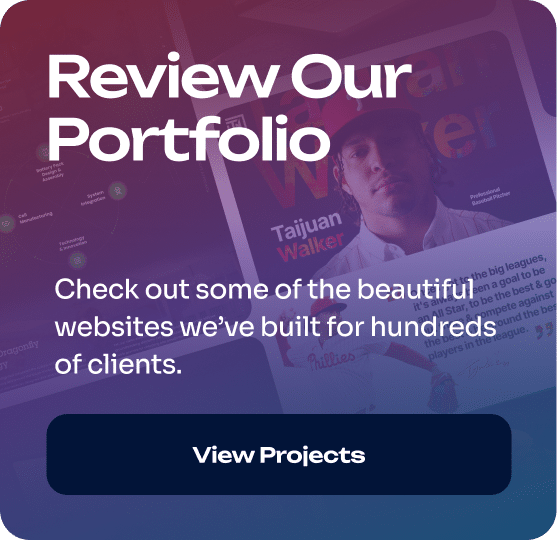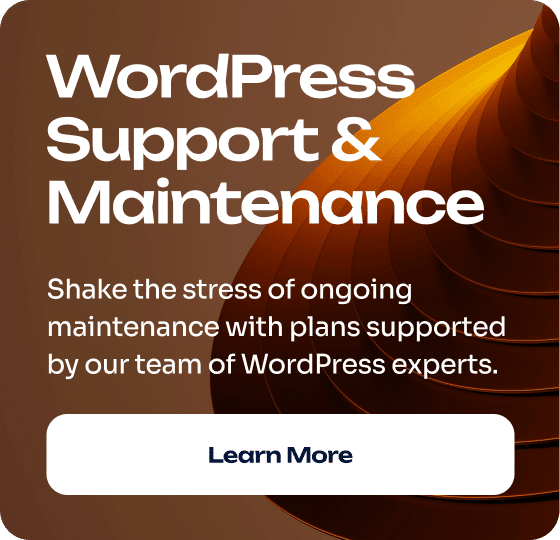Years of conversations have taught us, many businesses have at least one bad web project story. The contractor who disappeared mid-project. The timeline that stretched from 8 weeks to 8 months. The scope that ballooned until the budget exploded. The “simple” redesign that became a nightmare no one wanted to finish.
If you’re nodding along, you’re not alone. After hundreds of client conversations, we’ve heard these stories repeatedly. The causes are remarkably consistent: missed deadlines, shifting scope, and vague expectations that doom projects before they begin.
We’ve led hundreds of builds over the years. This is what consistently breaks projects—and more importantly, how to prevent it.
Common Issues That Derail Projects
The symptoms are familiar to anyone who’s commissioned digital work:
Missed deadlines that push launches weeks or months beyond the original target. What started as an 8-week project turns into an 8-month ordeal with no clear end in sight.
Scope creep that transforms a straightforward website into an ever-expanding wish list of features, each one “essential” and “quick to add.” Budgets balloon as timelines stretch.
Poor planning and unclear scope that leaves both sides guessing what’s actually included in the work. Critical requirements surface halfway through development, forcing expensive rework.
Communication breakdowns where feedback comes from multiple stakeholders with conflicting priorities, or where silence stretches for weeks before urgent demands appear.
Burnout on both sides as creative energy gives way to resentment. Projects drag on, quality suffers, and relationships sour. Budgets blow up, and everyone walks away frustrated.
These aren’t isolated incidents. They represent systemic problems in how digital projects are approached and managed.
Root Causes: Why This Keeps Happening
The web development industry is an unlicensed, unregulated space where anyone can call themselves a “web designer” or “developer.” This creates a massive range in skill levels, professional practices, and project management capabilities. Clients often can’t distinguish between qualified professionals and enthusiastic amateurs until problems emerge.
Client Knowledge Gap: Many clients don’t know what questions to ask or how to evaluate the answers they receive. Without understanding the process, they can’t hold vendors accountable for timelines, scope, or quality. This fundamental disconnect allows misalignments to flourish unchecked.
Creative Bias: Designers and developers often have genuine enthusiasm for their work and creative energy they want to channel into projects. While this passion drives innovation, it can also override practical considerations. Creative professionals may take on projects they’re excited about without fully comprehending what execution will require, leading to unrealistic timelines and scope commitments.
Too Many Decision-Makers: Projects frequently involve multiple stakeholders without a designated decision-maker. Input arrives from five different sources with conflicting priorities. Creative elements change repeatedly as different voices weigh in, often after significant work has already been completed.
Skipped Process Steps: Critical planning steps get rushed or skipped entirely. Both sides may not fully understand what the project entails from a technical standpoint, or how different components will integrate with existing systems. Key requirements surface late in the process, forcing expensive rework and timeline extensions.
The result is an industry where horror stories are common, and successful projects often feel like lucky exceptions rather than predictable outcomes.
Prevention Strategies That Actually Work
The good news is that these problems are preventable. Success comes down to disciplined planning, clear communication, and structured processes that protect both parties from common pitfalls.
1. Set Clear Expectations Early
Define what “done” looks like before any work begins. Both parties need to understand not just the final deliverable, but the process for getting there. What are the specific milestones? How will progress be measured? When will key decisions need to be made?
Success isn’t just about the final product—it’s about having a clear picture of the journey and checkpoints along the way.
2. Use Phased Plans
Don’t try to launch 1000 pages at once. Break large projects into manageable phases that can be measured and evaluated independently.
For example, if a client needs a site with extensive location-based content, start with the core 15-20 page templates that form the foundation. Get those designed, developed, and approved before tackling the thousand location pages that might be generated programmatically.
This approach forces everyone to evaluate what’s truly necessary versus what would be nice to have. It also protects against scope creep by clearly separating core deliverables from additional features that can be quoted separately.
3. Ask the Right Questions
Clients should demand clarity on process, scope, and contingencies:
- What’s your exact process from start to finish?
- What specific deliverables will I receive at each phase?
- What’s included in the quoted scope, and what would trigger additional costs?
- How will changes be managed if priorities shift mid-project?
- Who needs to be involved in decisions, and how will sign-offs work?
Agencies should probe deeper into client needs:
- What do you actually need versus what would be nice to have?
- Why do you need this feature, and what happens if we don’t include it?
- Who will be making decisions, and how will conflicting input be resolved?
- How does this integrate with your existing systems and processes?
4. Define Success with the Client
Start with core needs, not wish lists. What does the business actually require to achieve its goals? Why is this project happening at all?
Building around genuine needs prevents the common trap of “building to build”—adding features simply because they seem interesting or impressive. It also creates a framework for evaluating proposed changes against the original objectives.
5. Quote Accurately
Use fixed pricing only for genuinely fixed scopes. For anything uncertain, custom, or potentially expansive, hourly billing protects both parties from unexpected complications.
We recently had a client request a site similar to previous work but with location-based content that could potentially involve thousands of pages. Rather than guessing at a fixed price for something we couldn’t accurately scope, we quoted the core templates at a fixed rate and proposed handling the location features on an hourly basis.
This approach forces honest evaluation of whether extensive features are truly necessary and worth the investment.
6. Protect Resources (Yours and Theirs)
Don’t let enthusiasm override realism. Accurate timelines and scope protection aren’t about being difficult—they ensure quality work and sustainable relationships.
Creative professionals need to resist the temptation to take on projects that exceed their capacity or expertise. Clients need to understand that good work takes time and that rushing typically creates more problems than it solves.
Both parties should be able to walk away from any project feeling proud of the work, not burned out from an impossible situation.
7. Secure Stakeholder Sign-Off
Designate a single decision-maker on the client side who can speak for the organization and provide final approval on key deliverables. Multiple decision-makers without clear authority create chaos and endless revision cycles.
Get formal sign-offs at critical milestones before proceeding to the next phase. This prevents post-launch surprises where new stakeholders surface with different expectations.
8. Account for Integration
Every feature has implications for backend systems, CRM integration, and platform compatibility. Plan for these connections upfront rather than discovering them mid-development.
A seemingly simple feature can require weeks of additional work if it needs to connect with existing databases, third-party services, or complex workflows. Understanding these requirements early prevents scope surprises and timeline extensions.
Key Takeaways
You can’t plan every possible outcome, but you can plan a robust process that handles uncertainty effectively. Both clients and agencies need to acknowledge what they don’t know and build safeguards accordingly.
The goal isn’t to avoid learning entirely—it’s to avoid learning expensive lessons on someone’s budget, whether yours or theirs. Experienced teams leverage proven processes and past experience to deliver predictable results.
Success requires that the process, people, and communication structures be right from the very beginning. Problems that emerge weeks into a project usually trace back to alignment issues that existed from day one but weren’t addressed early enough.
Planning isn’t just about timelines and budgets—it’s about creating a framework where good work can happen efficiently and relationships can remain positive throughout the process.
The Bottom Line
Web development isn’t broken. But the way many people approach it often is.
Clear thinking, honest planning, and structured processes prevent the typical disasters that most teams learn the hard way. This isn’t theoretical advice—it’s how we run our projects. Not because it sounds good in a blog post, but because we’ve lived through the alternatives and know the real cost of cutting corners on process and planning.
The horror stories are avoidable. The question is whether you’re willing to invest in the planning and process discipline that makes the difference between projects that succeed and projects that become cautionary tales.
Your next web project doesn’t have to be another story about what went wrong. With the right approach, it can be a story about what went right—and how proper planning made all the difference.





